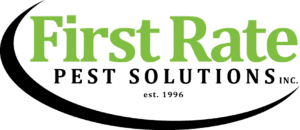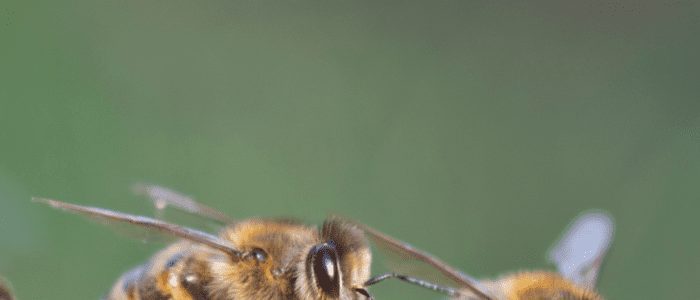Preventing Bee and Wasp Infestations: The Ultimate Guide
At First Rate Pest Solutions, we understand that bees and wasps can be a nuisance and even pose a danger to you and your loved ones. That’s why we’ve put together this comprehensive guide to help you prevent bee and wasp infestations in and around your home.
Understanding Bees and Wasps
Bees and wasps are insects that belong to the order Hymenoptera. Although they share some similarities, there are some key differences between the two.
Bees are typically hairy and have a flattened body that is adapted for collecting pollen. They play a crucial role in pollination and are responsible for the production of many of the foods that we eat.
Wasps, on the other hand, have a narrow waist and a smooth body. They are predators that feed on other insects and play an important role in controlling pest populations.
Preventing Bee and Wasp Infestations
- Keep your surroundings clean
One of the simplest ways to prevent bee and wasp infestations is to keep your surroundings clean. Bees and wasps are attracted to sweet, sugary substances, so make sure to clean up any spilled food or drinks immediately.
- Seal up cracks and gaps
Bees and wasps can enter your home through small cracks and gaps. Inspect your home for any openings and seal them up with caulk or weather-stripping.
- Cover your food and drinks
When you’re eating or drinking outside, cover your food and drinks with lids or other protective coverings. This will prevent bees and wasps from being attracted to the sweet smells and tastes.
- Keep your garbage cans sealed
Bees and wasps are attracted to garbage, so make sure to keep your garbage cans sealed. Use lids that fit tightly and empty your garbage frequently to prevent any buildup.
- Avoid wearing bright colors and floral patterns
Bright colors and floral patterns can attract bees and wasps. If you’re planning on spending time outdoors, consider wearing neutral colors and avoiding perfume or other scented products.
- Plant bee and wasp repellent plants
Certain plants, such as marigolds, mint, and citronella, can help repel bees and wasps. Consider planting these around your home to help prevent infestations.
What to Do if You Have a Bee or Wasp Infestation
If you’ve already discovered a bee or wasp infestation in or around your home, it’s important to take action immediately.
- Contact a professional
Attempting to remove a bee or wasp nest on your own can be dangerous. Contact a professional pest control company to safely and effectively remove the nest.
- Avoid provoking the insects
If you come into contact with a bee or wasp, avoid swatting at it or trying to kill it. This can provoke the insect and cause it to sting you.
- Wear protective clothing
If you need to be in close proximity to a bee or wasp nest, wear protective clothing such as long sleeves, pants, and a hat with a veil. This will help prevent stings and reduce the risk of injury.
- Use insect repellent
Insect repellent can help prevent bee and wasp stings. Look for products that contain DEET and follow the instructions carefully.
Preventing bee and wasp infestations is an important part of maintaining a safe and comfortable living environment. By following the tips outlined in this guide, you can reduce the risk of bee and wasp infestations and enjoy the great outdoors without fear of being stung. If you do discover an infestation, remember to contact a professional and avoid provoking the insects.


Comments are closed.